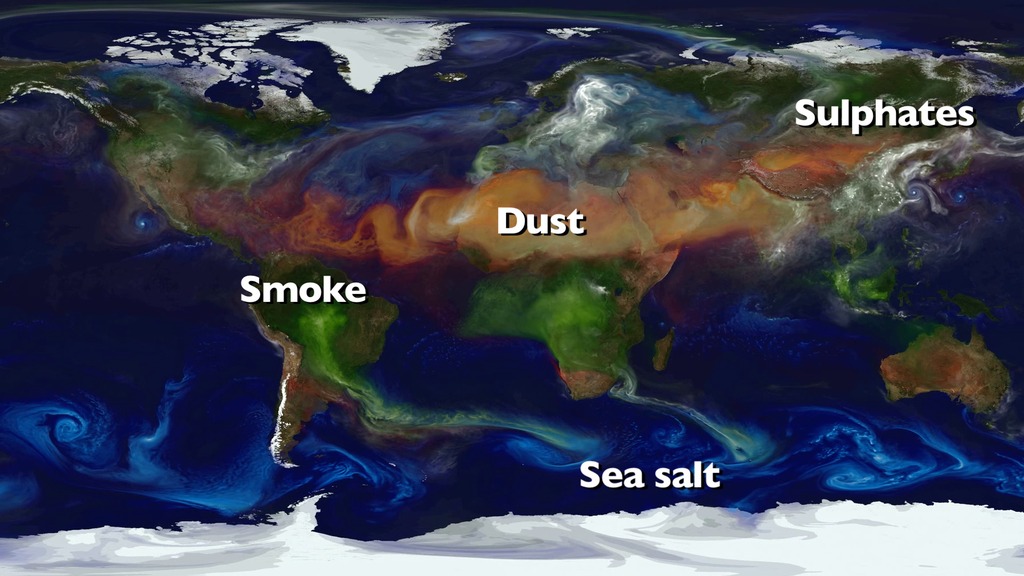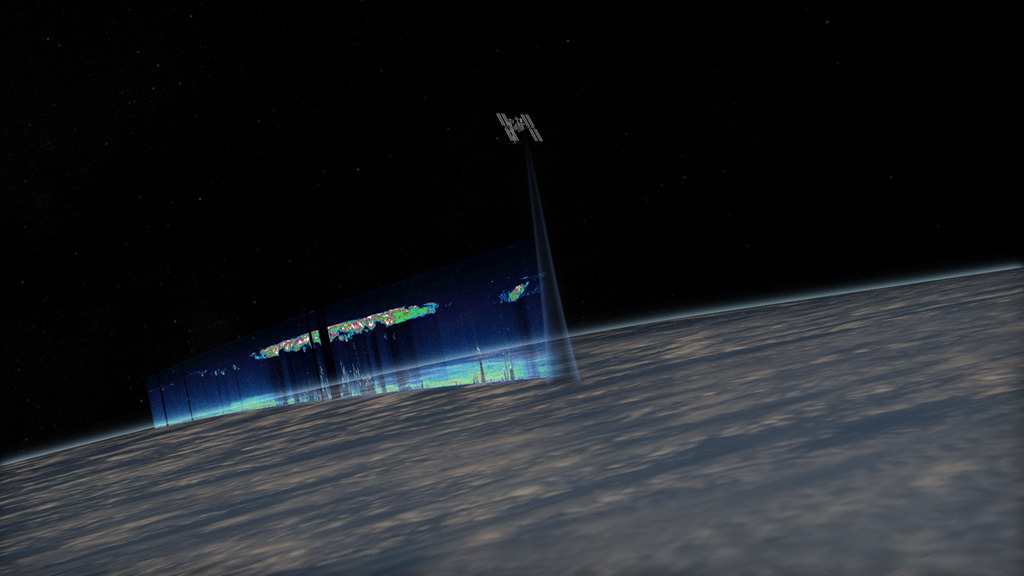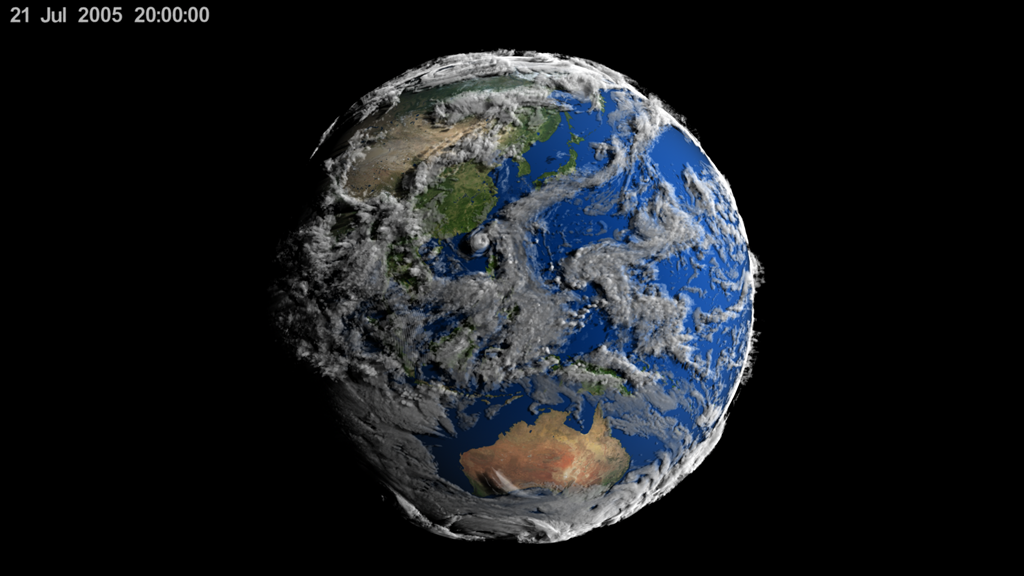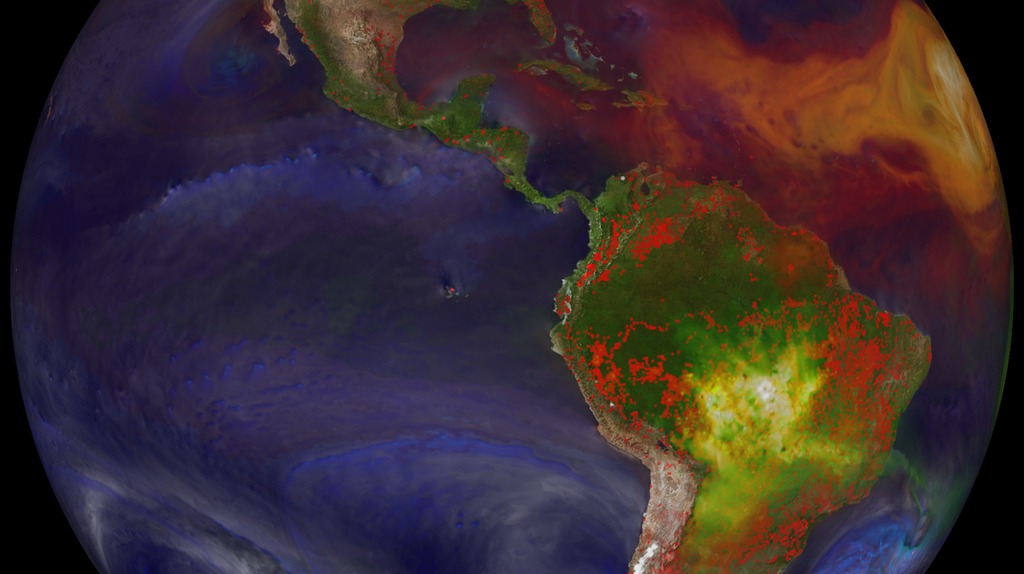CATS - New Remote-Sensing Instrument to Blaze a Trail on the International Space Station
The Cloud-Aerosol Transport System (CATS), a new instrument that will measure the character and worldwide distribution of the tiny particles that make up haze, dust, air pollutants, and smoke, will do more than gather data once it's deployed on the International Space Station in December.
Finished Production - CATS Overview
"CATS in Space Keep Eyes on Atmosphere"
NASA Goddard is preparing to demonstrate for the fist time in space, a 3-wavelength, laser remote sensing instrument. The Cloud-Aerosol Transport System or CATS will measure clouds and aerosols in the Earth's atmosphere. This cost-effective, technology demonstration will be deployed on the International Space Station as early as December 2014.
For complete transcript, click here.
Excerpt from "Studying Earth from the ISS" Press Conference (9/8/14)
CATS Principal Investigator Matt McGill discusses the upcoming mission to the International Space Station.
For complete transcript, click here.
Animation - CATS: How it Works
Internal to the laser, special optical crystals are used to generate 3 wavelengths of light by adding the energy of two photons, to make a single new photon. The final output beam is made up of all three wavelengths and these photons are transmitted in groups, towards the atmosphere, at the speed of light. As photons encounter clouds or particles, scattering of the laser beam occurs. Very few of the photons scatter directly back to the optical telescope, but the ones that return, are collected and counted by sensitive detectors and electronics. By timing the difference between emission and detection, the precise altitude of the particles can be determined.
Animation - CATS Data Swath
CATS will determine the height, thickness and the extent of smoke, dust particles, and volcanic ash in our atmosphere. Improving cloud data will allow scientist to create more accurate climate models, which in turn, will improve air quality forecast and health risk alerts.
Animation - CATS on the Internation Space Station (ISS)
B-roll - CATS in Cleanroom
CATS Launch
On January 10, 2015, Space X CRS-5 launched with supplies and the CATS demonstation instrument for the Internation Space Station.
CATS Install B-roll
Timelapse of CATS Install on ISS, CATS control room during "power on", and CATS mirror door opening.

Still image - CATS Large

Still image - ISS Large

Still image - CATS on ISS
Credits
Please give credit for this item to:
NASA's Goddard Space Flight Center
-
Animators
- Walt Feimer (HTSI)
- Andrew Young (ARTS)
- Brian Monroe (USRA)
- Michael Lentz (USRA)
-
Video editor
- Rich Melnick (HTSI)
-
Narrator
- Mike Velle (HTSI)
-
Producer
- Rich Melnick (HTSI)
-
Scientists
- Matthew McGill (NASA/GSFC)
- John E. Yorks (SSAI)
-
Project support
- Katrina Jackson (ARTS)
- Mike Velle (HTSI)
- Rob Andreoli (Advocates in Manpower Management, Inc.)
- Michael Randazzo (Advocates in Manpower Management, Inc.)
- John Caldwell (Advocates in Manpower Management, Inc.)
- Leann Johnson (Global Science and Technology, Inc.)
- Andrew W. Kupchock (SSAI)
- John E. Yorks (SSAI)
-
Videographers
- John Caldwell (Advocates in Manpower Management, Inc.)
- Michael Randazzo (Advocates in Manpower Management, Inc.)
- Rob Andreoli (Advocates in Manpower Management, Inc.)
-
Writers
- Rich Melnick (HTSI)
- Matthew McGill (NASA/GSFC)
- John E. Yorks (SSAI)
Missions
This page is related to the following missions:Series
This page can be found in the following series:Tapes
The media on this page originally appeared on the following tapes:-
CATS in Space Keep Eyes on Atmosphere
(ID: 2014068)
Friday, November 14, 2014 at 5:00AM
Produced by - Jesse Allen (Raytheon)
Release date
This page was originally published on Monday, September 8, 2014.
This page was last updated on Wednesday, May 3, 2023 at 1:50 PM EDT.



